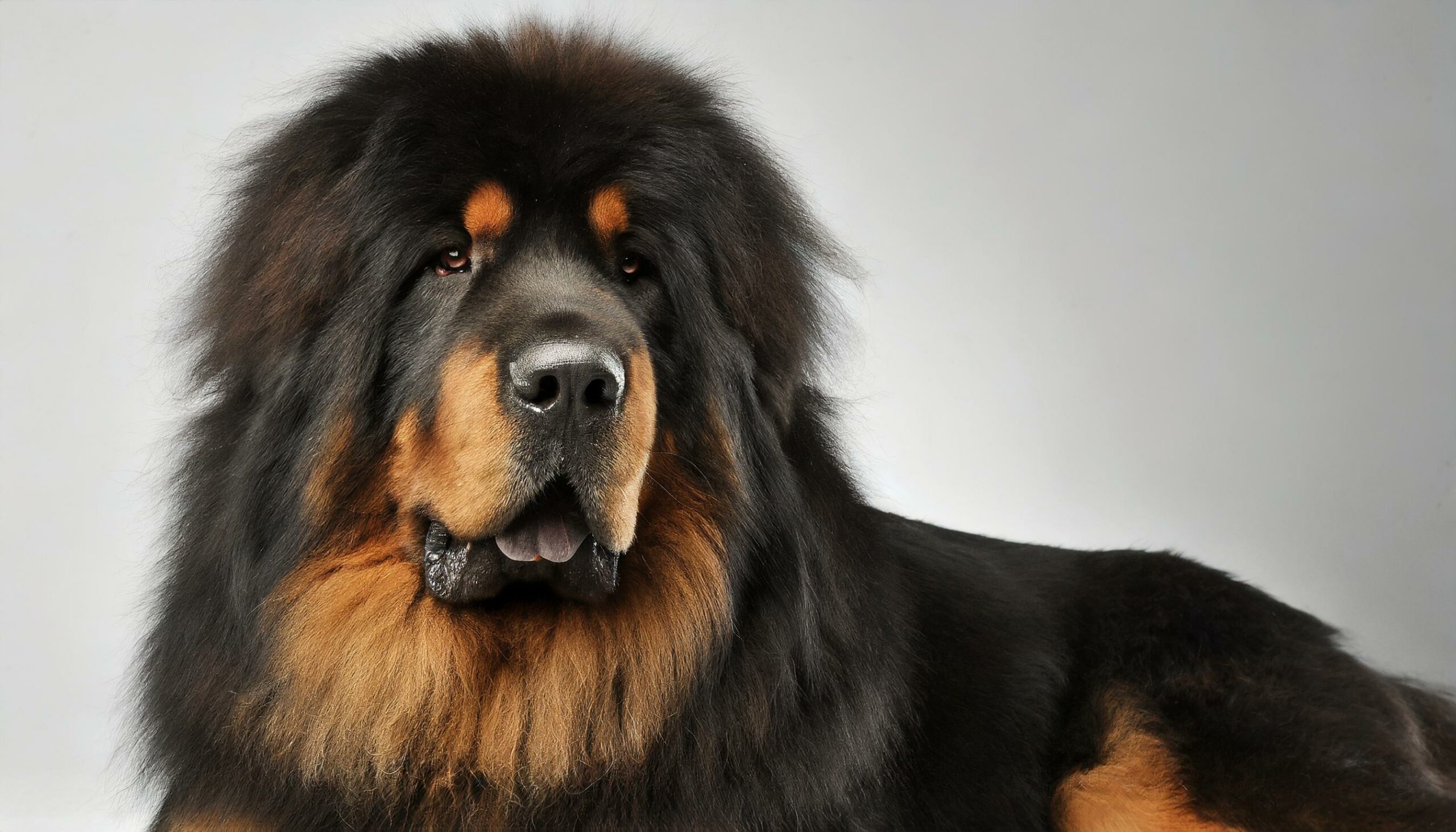The Tibetan Mastiff, a breed enveloped in mystique and grandeur, stands as one of the most ancient and revered guardians of the Himalayan region. Known for its impressive size, intelligence, and protective instincts, this breed has a storied history that intertwines with the nomadic cultures and monasteries of Tibet, Nepal, and surrounding areas. Today, the Tibetan Mastiff is celebrated not only for its role as a formidable guardian but also as a dignified and loyal family companion. This profile delves into the Tibetan Mastiff’s origins, physical characteristics, temperament, care needs, and its role as a noble and affectionate member of the household.
Origins and History
The Tibetan Mastiff’s origins trace back thousands of years in Central Asia, where it was developed by nomadic cultures to protect sheep from predators like wolves and leopards. The breed’s ancient lineage is evident in its majestic appearance and noble demeanor. European travelers in the 19th century were among the first to document and bring these dogs to the attention of the Western world, where they quickly became symbols of status and luxury. Despite its increasing popularity abroad, the Tibetan Mastiff remains a cherished symbol of the Himalayan regions’ cultural heritage.
Physical Characteristics
Tibetan Mastiffs are among the largest dog breeds, with males standing at least 26 inches tall at the shoulder and females slightly smaller. Their most striking feature is their dense, double coat, which can range in color from black, blue, gold, to red, often with distinctive tan markings. The breed is characterized by its broad head, deep-set almond-shaped eyes, and a heavy mane around the neck, giving it a lion-like appearance. Their powerful build and imposing presence are balanced by an elegant gait, reflective of their strength and endurance.
Temperament and Behavior
The Tibetan Mastiff is known for its independent, intelligent, and protective temperament. They are profoundly loyal to their families, often forming a close bond with one particular member. With a natural instinct to guard their home and loved ones, Tibetan Mastiffs can be wary of strangers and are best suited for experienced dog owners who can provide firm, consistent leadership. Despite their formidable appearance, they are capable of great gentleness and affection within their family circle, displaying a calm and patient demeanor.
Care and Health
The Tibetan Mastiff’s thick coat requires regular grooming to maintain its condition and manage shedding, especially during the spring when they shed their heavy winter coat. They are well-suited to cooler climates, thanks to their dense fur. As a large breed, the Tibetan Mastiff requires adequate space to move and exercise, though their activity level is moderate compared to other breeds. They are generally healthy but can be prone to certain genetic conditions, including hip dysplasia and hypothyroidism. Regular veterinary check-ups and a balanced diet are crucial for their well-being.
Training and Socialization
Training a Tibetan Mastiff requires patience and understanding of their independent nature. They respond best to positive reinforcement and consistent, respectful training methods. Early socialization is essential to help them become well-adjusted adults, comfortable with different people, animals, and environments. Due to their protective instincts, socialization should emphasize positive interactions and discourage aggression.
The Tibetan Mastiff in the Family
The Tibetan Mastiff makes a loyal and protective companion for families who appreciate the breed’s unique qualities and are prepared to meet its needs for leadership, exercise, and companionship. Their protective nature makes them excellent guardians of their home, though they are best suited for homes with experience in raising large, independent breeds. For those drawn to the Tibetan Mastiff’s majestic presence and noble spirit, this breed offers a profound and enriching companionship, serving as a devoted friend and dignified member of the family.
In conclusion, the Tibetan Mastiff stands as a breed of remarkable beauty, strength, and loyalty. With its ancient heritage as a guardian of the Himalayas and its capacity for deep bonds with its family, the Tibetan Mastiff continues to be a symbol of nobility and protection. For those willing to provide the necessary care, training, and understanding, the Tibetan Mastiff offers a rewarding and meaningful relationship, embodying the qualities of a true guardian and loyal companion.
